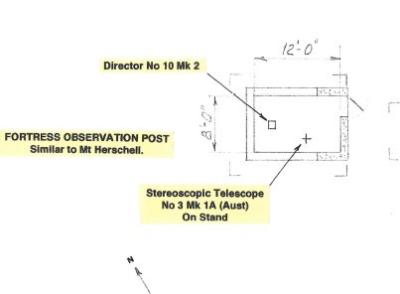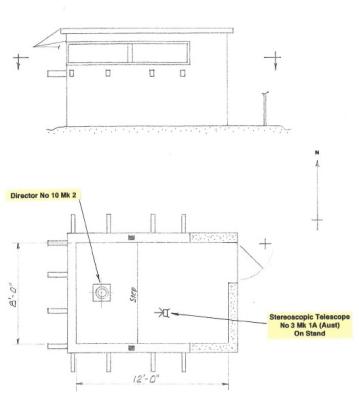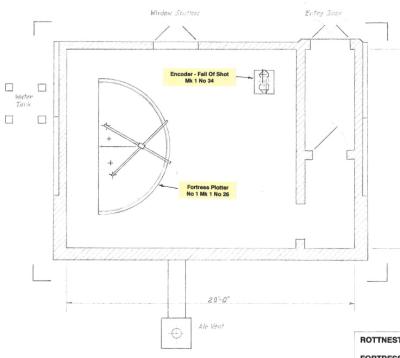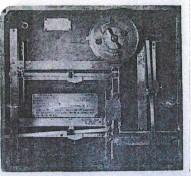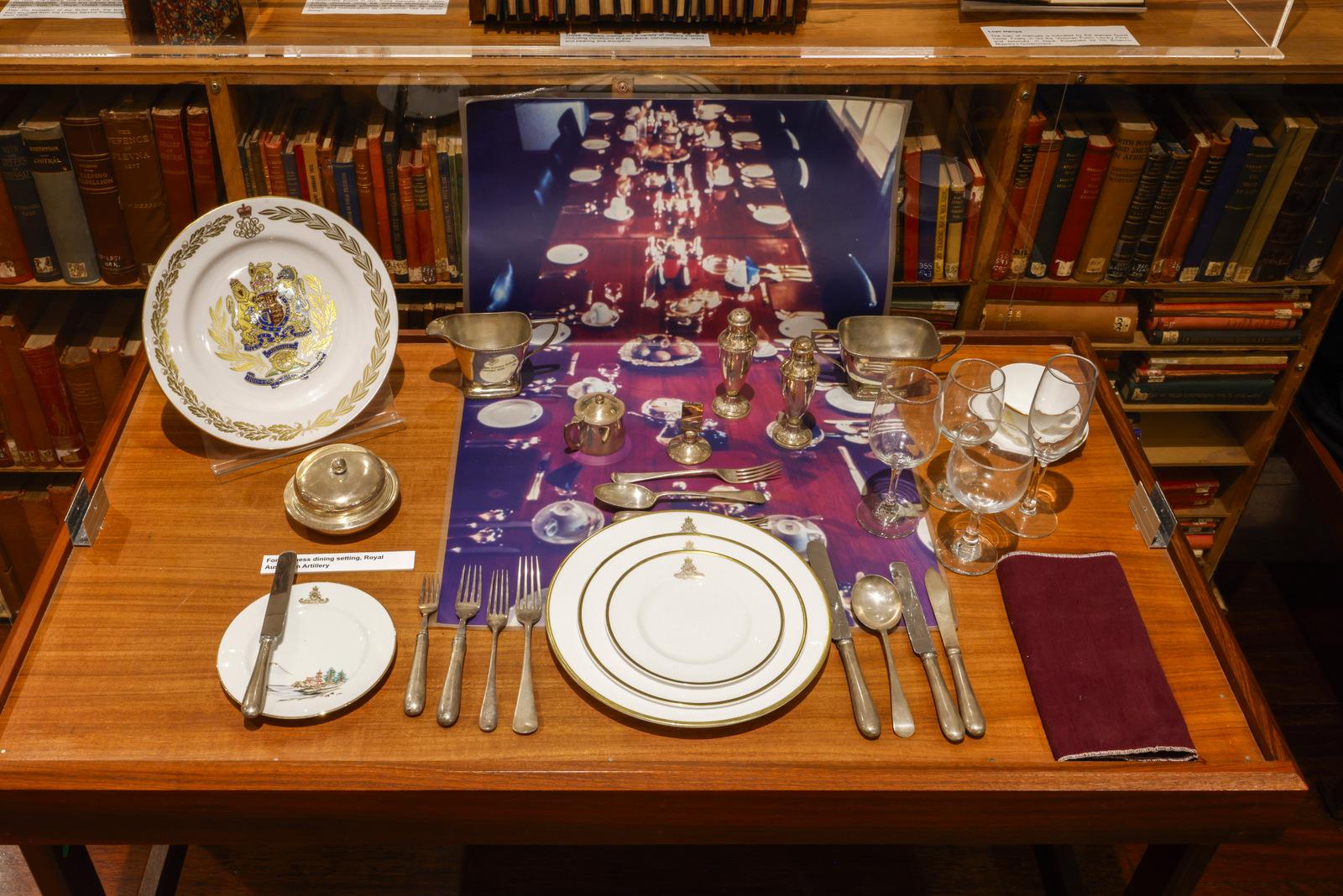Formal Place Setting - Regimental Mess Dinner or Dining In
Display showing typical arrangement of cutlery, china and glassware at a formal military dinning occasion. Dining in is a formal military ceremony for members of a unit, which includes a dinner, toasts, and other events to foster camaraderie and esprit de corps. Other names include regimental dinner, guest night, formal mess dinner, and band night. The dining in is a formal event for all unit members, male and female; though some specialized mess nights can be officer- or enlisted-only. The unit chaplain is usually also invited, if an invocation is needed. A unit's dining-in consists of only the members of the unit, with the possible exception of the guest(s) of honor. An optional formal dinner, known as the dining-out may include spouses and other guests.
By the late 18th century, the British Army's "mess night" developed formal rules, as a result of troops being stationed in remote areas. Officers elected mess committees to conduct their meals. Towards the latter part of the 19th century, attending officers were expected to adhere to the rigid etiquette of Victorian-era society. Mess dinners continue to provide an opportunity for mess members to meet on a formal but friendly occasion, allowing the CO or his guests to address the members as a group. By custom and tradition mess dinners are considered to be a parade and as such, attendance is compulsory except for members excused by the CO.
Details
Details
The time of a function will always be given (e.g. “1900 for 1930 hrs” or “1930 for 2000 hrs”). You are required to be there by that time. The expression 1900 hrs for 1930 hrs is not designed to give you flexibility for arrival. You are required to be there at 1900 hrs. This pre-dinner gathering is to enable members to meet and entertain guests, have a pre-dinner drink, and ascertain their position at the table from the seating plan that will be placed in the lounge or at the entrance to the dining room where every member can see it.
This exhibit is located in the Pre 1914 Gallery at the Australian Army Museum of western Australia
Australian Army Museum of Western Australia
Australian Army Museum of Western Australia
Other items from Australian Army Museum of Western Australia
- Ball Gown in Style of Artillery Mess Dress Uniform
- World War 2, Rottnest Island, Western Australia, Fortress Observation Post "Bare", Bare Hill Layout, 1943
- World War 2, Western Australia, Rottnest Island, Fortress Observation Post "Shell", Mount Herschel Layout, 1942
- World War Two, Western Australia, Rottnest Island, Fortress Observation Post "Hill", Tree Hill Layout, 1943
- World War 2, Western Australia, Rottnest island, Coast Artillery Instrumentation, Barr and Stroud Rangefinder
- World War 2, Western Australia, Rottnest Island, Bickley, Fortress Plotting Room (Alternate). Layout, 1943
- World War 2, Western Australia, Rottnest Island, Coast Artillery Instrumentation, Battery Plotting Room Switch
- World war 2, Western Australia, Rottnest Island, Coast Artillery Instrumentation, Magslip Data Transmission System
- World War 2, Western Australia, Rottnest Island, Coast Artillery Instrumentation, Coordinate Convertor
- World War 2, Western Australia, Rottnest Island, Coast Artillery Instrumentation, Ballistic Correction Calculator, No 1 Mk 1
- World War 2, Western Australia, Rottnest Island, Coast Artillery Instrumentation, Fire Direction Table Mk 3B
- World War 2, Diorama Mannequin, North Africa, Egypt, El Alamein, 1942 (1 of 2)

